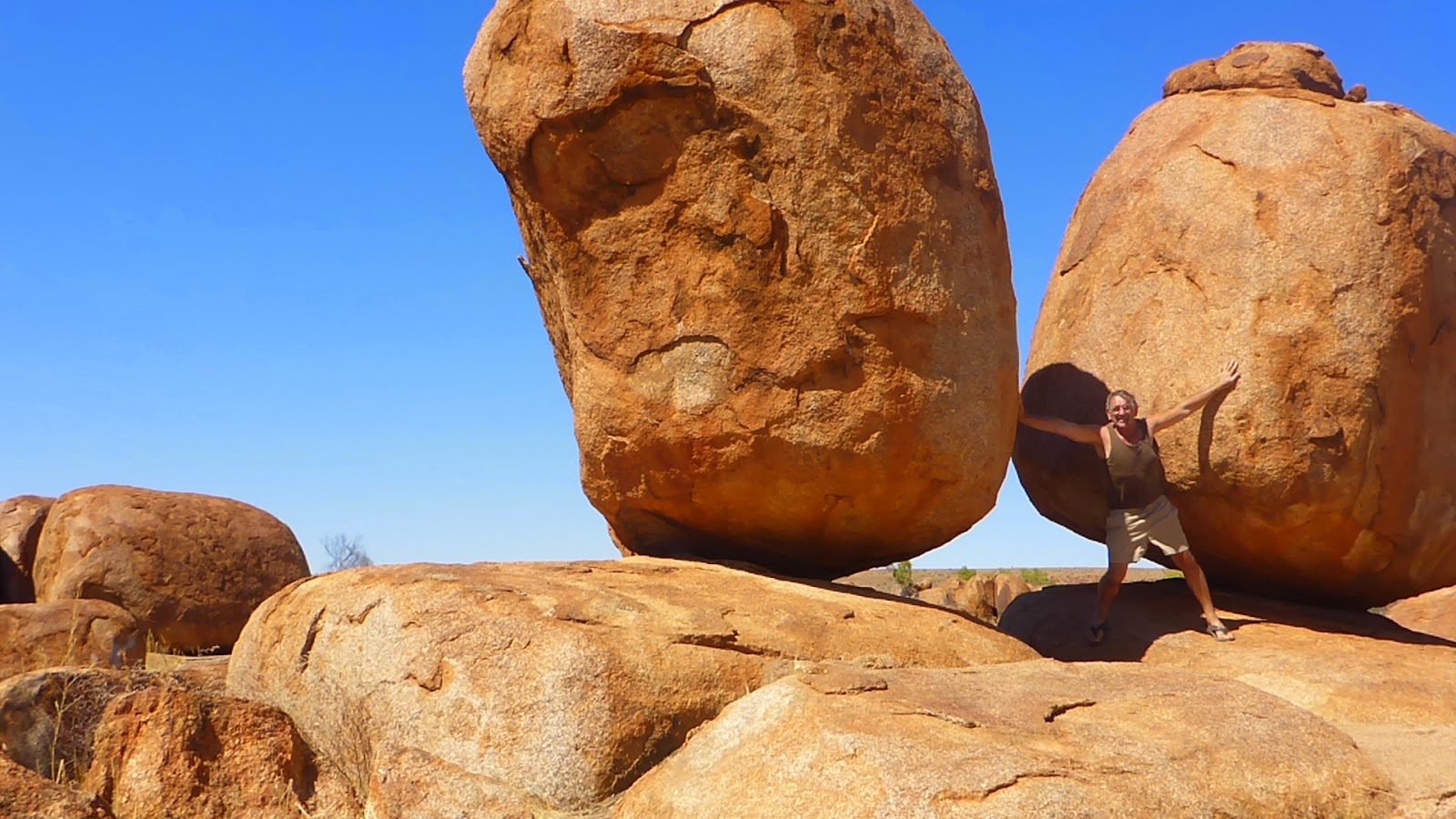On previous visits we have always favored the NSW side of the river, so this time we decided to explore Koondrook, which is on the Victorian side.
Having more time on our hands, we were in town for the local farmers market and an antique clearing sale that was being held on the same day. This gave us a great feel for the town and encouraged us to look around a bit further, and we found a real little gem of a town. All the folk in the town are typical country people and happy to stop and have a chat, even to people like us that they had never met before.
The town has it’s own post office, hairdressers, pub, fire station, general store, coffee shop and cafe with most of the rest of the services and shops you would need only 2 kilometres away across the river at Barham.
The history of the river, saw mill and building paddle steamers is fascinating, with the red gum saw mill still operating, and big talk around the town that the old wharf is going to be rebuilt.
Koondrook was the passage for the early settlers in the area to get their goods to Kerang. From the 1880’s the wharf was a bustling river port, where the goods brought in by paddle steamers would be unloaded, stored and then forwarded by “tram” to Kerang.
In the late 1950’s the Marine Board declared the port to be in dangerous condition and ordered it to be dismantled.
It would be fantastic to see the wharf get rebuilt.
A world renowned chainsaw carver from Melbourne has completed 18 life sized redgum carvings which are placed along the river front. These all started in November 2002 with the carving of Alexander “Sandy” Arbuthnot who was the founder of the Arbuthnot sawmill in the late 1800’s. The name of Alexander Arbuthnot is synonymous with the days when Paddle Steamers were more than Tourist attractions. "Sandy” started his business at Koondrook using a second hand steam engine to drive his mill on the banks of the river, where his enterprises included building of paddleboats and barges for the busy river trade along the Murray River. The "Alexander Arbuthnot" paddleboat, built in 1923 in Koondrook is still in service as a tourist attraction at the Port of Echuca. At their peak, "Sandy's" enterprises employed two hundred men, between the sawmill, ship building and timber getting. Today the mill is a modern timber processing plant with automatic equipment, employing 15 people, which is a far cry from the days of steam power and heavy manual work.
Another of the red gum carvings is one representing the paddle steamer captains who worked long hours and had an intimate knowledge of the Murray River.
For many years Koondrook and Barham were important trading stops on the river boat journeys, and rebuilding the wharf will revitalize the town as a tourist attraction. There is even talk of the paddle steamer Alexander Arbuthnot coming back to town once the wharf is rebuilt.
After many hours of driving around and evaluating various options for a block of land, we fell in love with a nice little 8 acre, laser leveled and irrigated property just out of the Koondrook township on the Kerang road.
Being zoned as farming, we had to jump through the hurdles with the shire to get a planning permit so that we can eventually build a house on it, but finally it’s ours and we are looking forward to getting a shed up to store all our gear in.
This doesn't mean the end of our travels as there is still way too much of Australia out there that we want to see, it just gives us somewhere to call home.
I hope that reading our blog over the past 20 months has encouraged others to get out and see this country of ours, and we will continue on with our journeys next year before the cold weather settles in around Victoria again.







































































